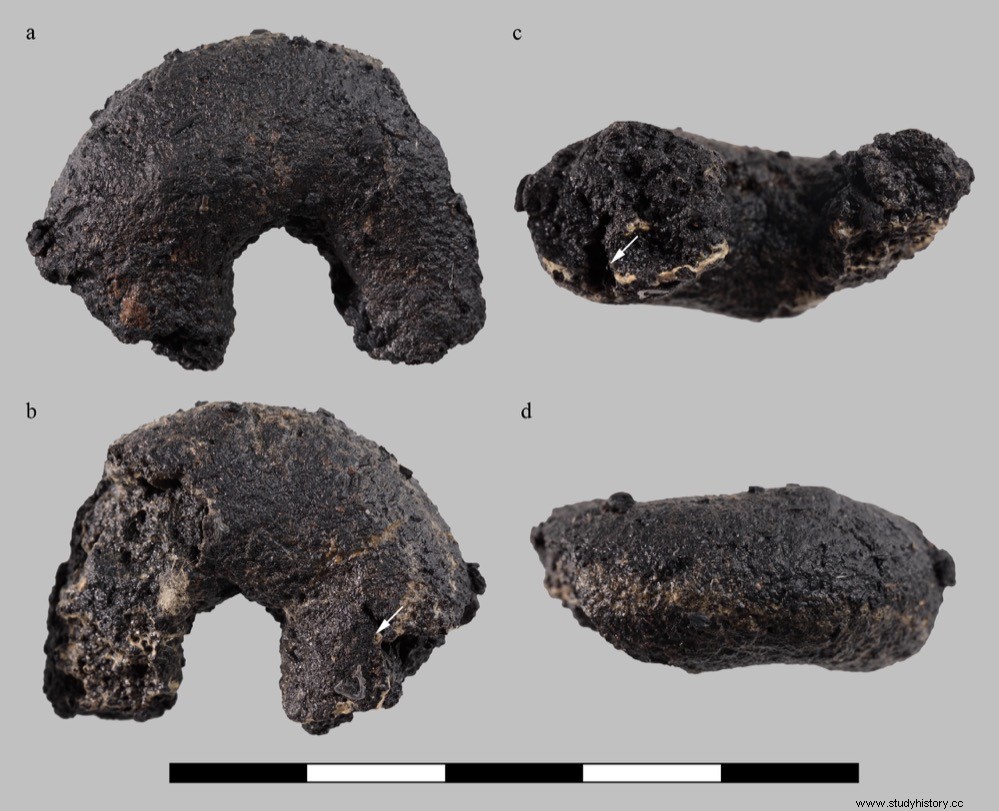Strange ring-shaped objects found at a Bronze Age site represent a unique form of grain-based product, according to a study published in the journal PLOS ONE by researchers from the Austrian Archaeological Institute.
Agricultural practices are well documented in the archaeological record, but the way food was produced and prepared by ancient cultures is not. In the study, Andreas G. Heiss and his collaborators describe unusual rings made of cereals found at the Late Bronze Age site of Stillfried an der March in Austria.
Dated to around 900-1000 BC. In this settlement, archaeological materials have been excavated from around 100 wells that are believed to have been used for grain storage.

The study focuses on the charred fragmentary remains of three ring-shaped objects, each about three centimeters in diameter. Analysis confirms that they are made from dough derived from barley and wheat.
The authors were able to determine that the dough was made from good quality flour and was then probably formed from a moist mixture of cereals and dried without baking.

This time-consuming preparation process differs from other foods found at the site, leading the authors to suggest that these cereal rings may not have been made for consumption.
Additionally, they bear a striking resemblance to 14 clay rings interpreted as loom weights found in the same area, indicating they may have been designed to mimic them. The unusual context of these cereal rings and the care with which they were made suggests that they may have been created for some unknown ritual purpose, thus being a form of cereal use hitherto unheard of in the archaeological record.
The good general state of preservation of the organic ring fragments suggests that they were deposited intact at the bottom of the pit and intentionally covered, which allowed their preservation.
